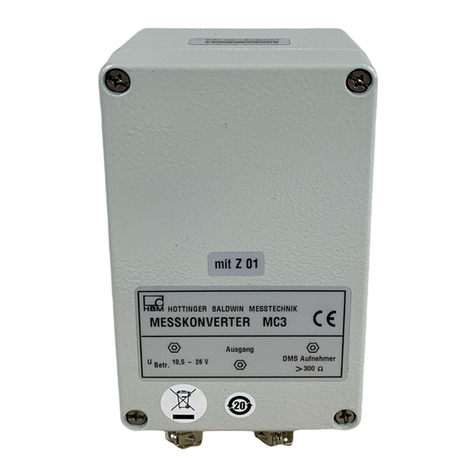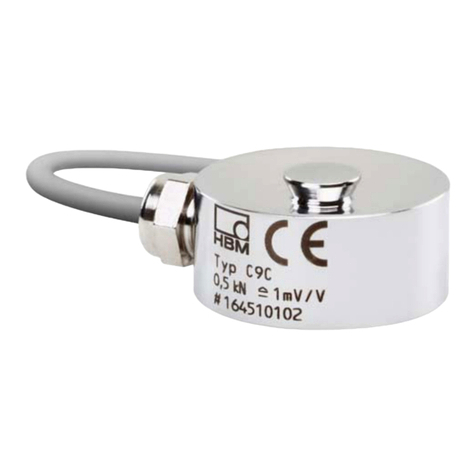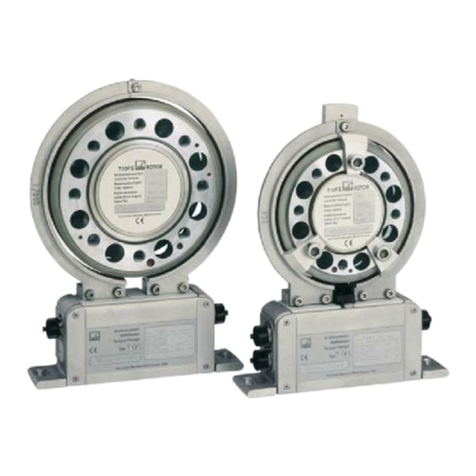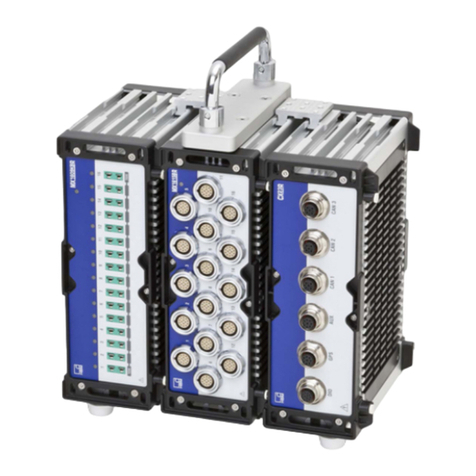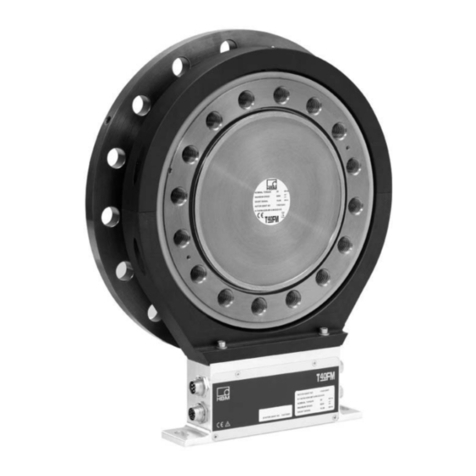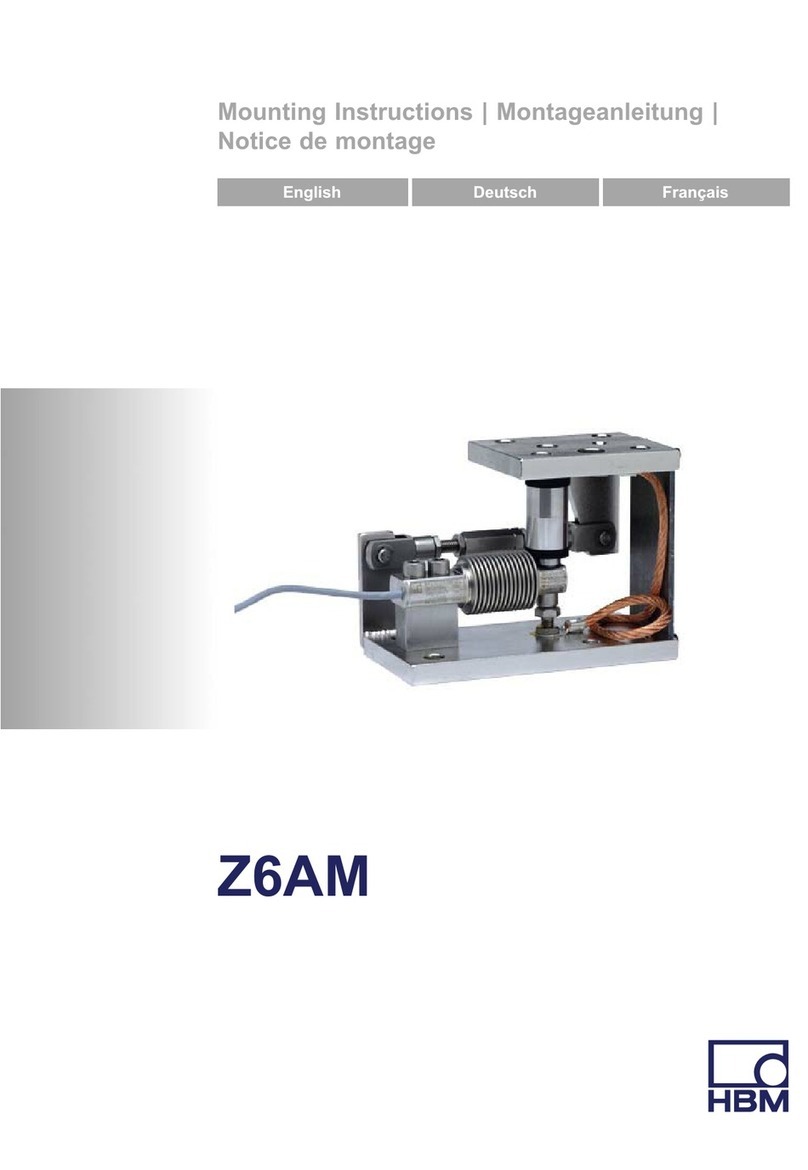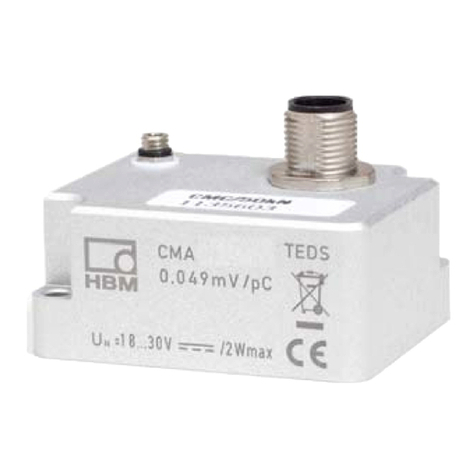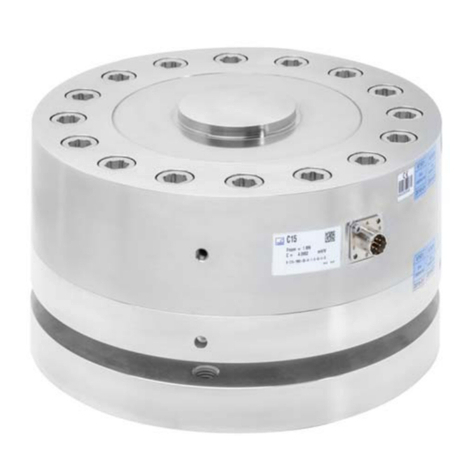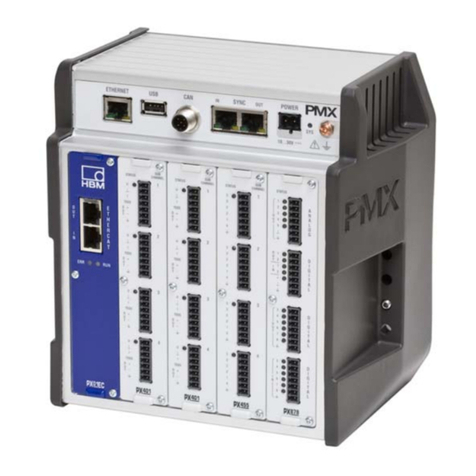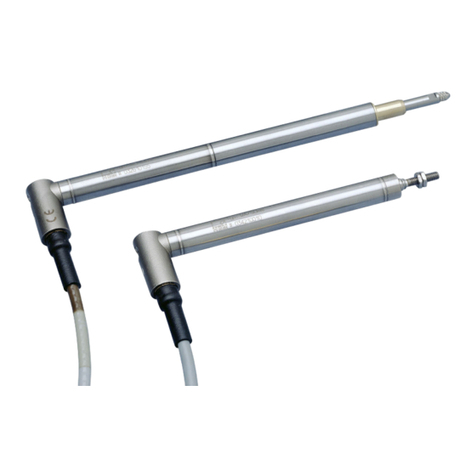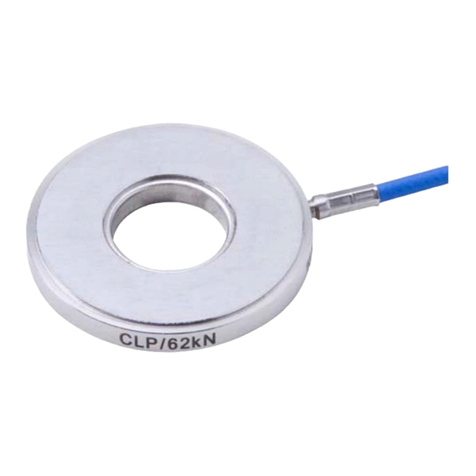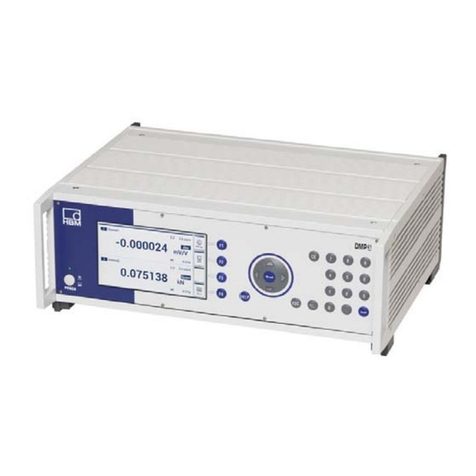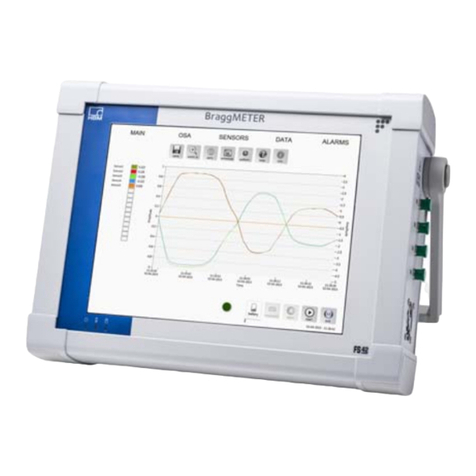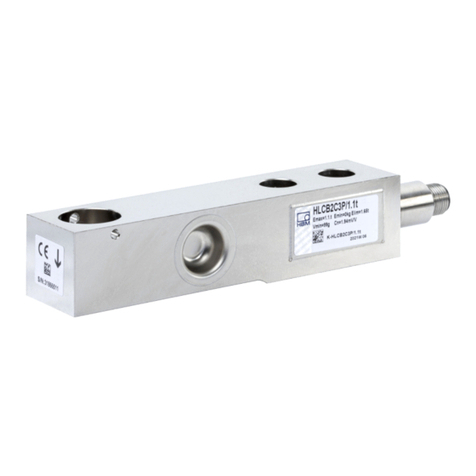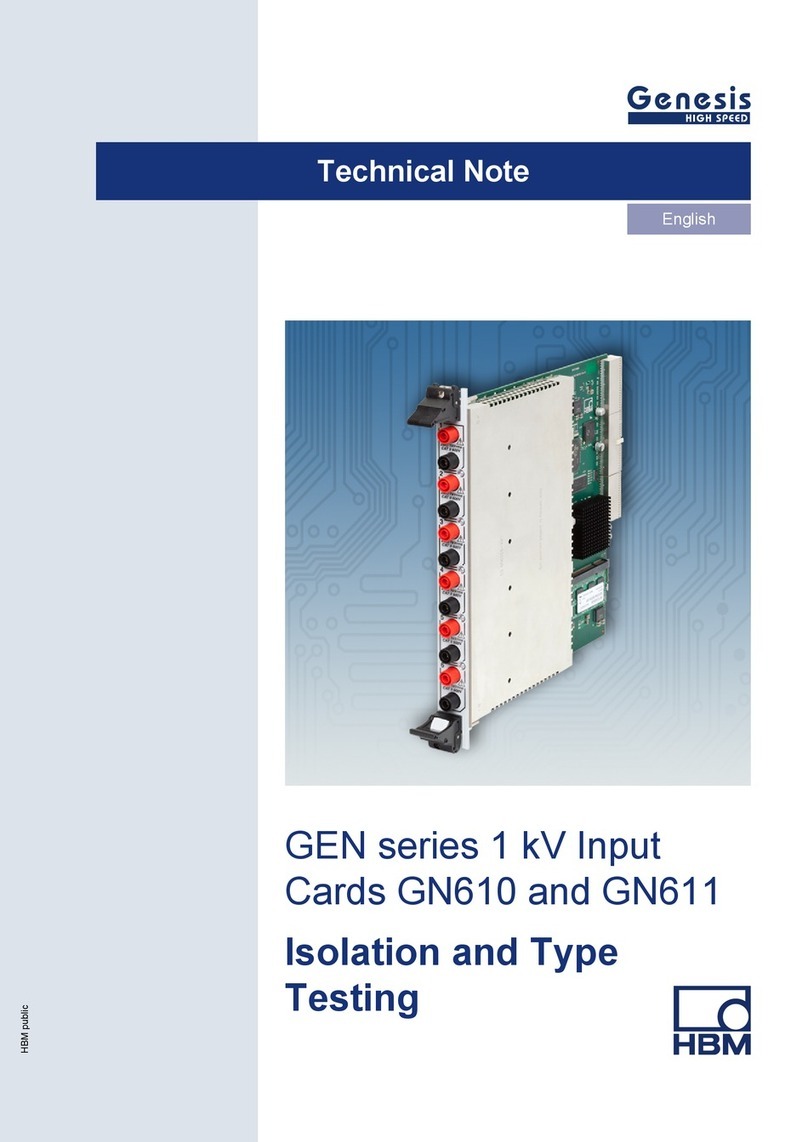
FS65 A4265-2.3 HBM: public 3
English
1 Technical Details 4.........................................
1.1 General Information 4........................................
1.1.1 Overview 4.................................................
1.1.2 Characteristics 4.............................................
1.1.3 Applications 5...............................................
1.1.4 Quality 6...................................................
1.1.5 Accessories 6...............................................
1.2 General Specifications 7......................................
2 Sensor Installation 8........................................
2.1 Accelerometer 8.............................................
2.1.1 List of Materials 8............................................
2.1.2 Placing the Sensor 9.........................................
2.1.3 Fixing the Sensor 10..........................................
2.1.4 Protecting the Sensor 10.......................................
2.2 Bi or Triaxial Accelerometer 11.................................
2.2.1 List of Materials 11............................................
2.2.2 Assembling the Sensors 12....................................
2.2.3 Fixing the Assembly 20........................................
2.2.4 Protecting the Sensors 20......................................
3 Sensor Configuration 22.....................................
3.1 Sensor Calibration Sheet 22....................................
3.1.1 General nformation 23.........................................
3.1.2 Calibration Data 23...........................................
3.1.3 Acceleration Computation 23...................................













